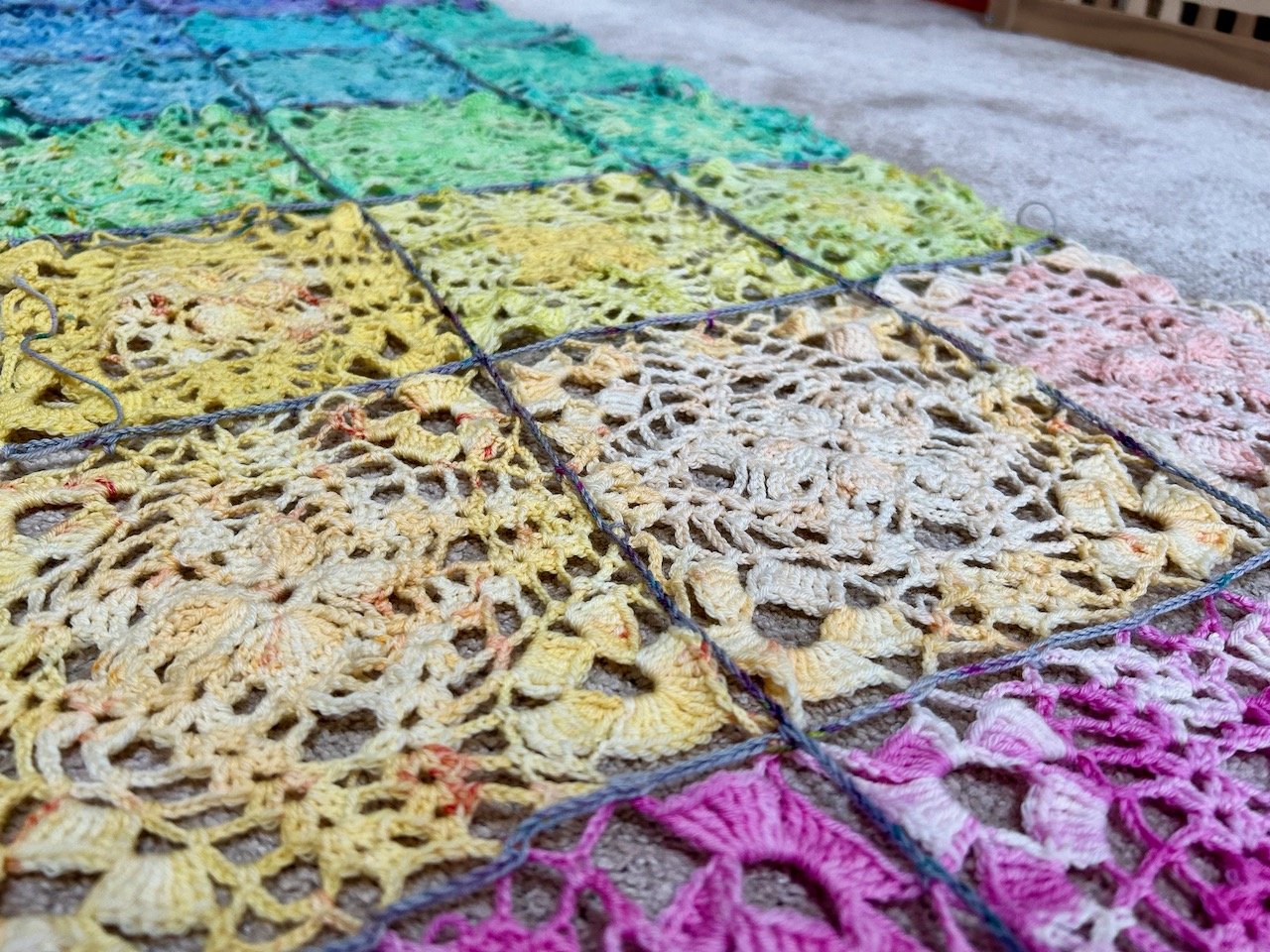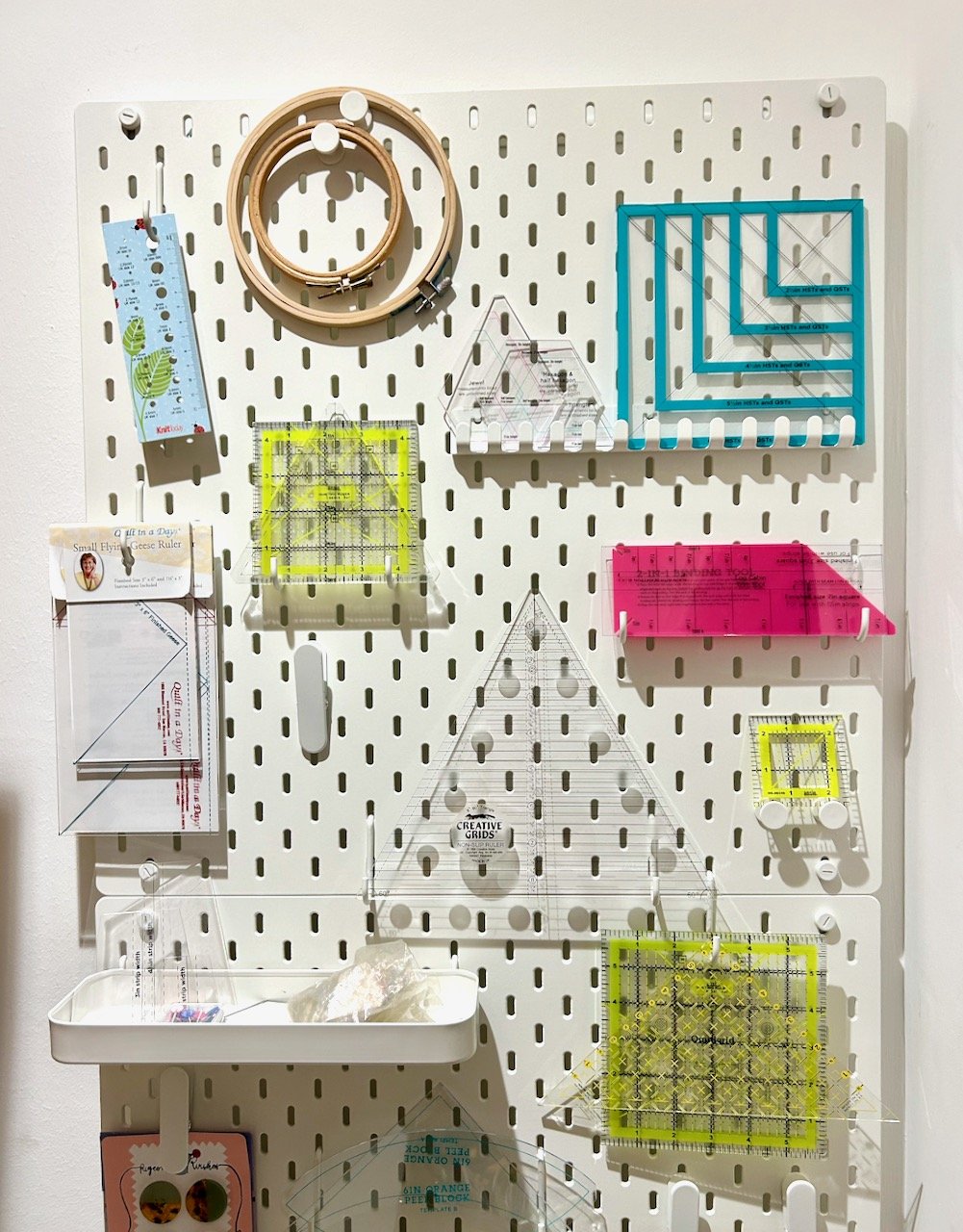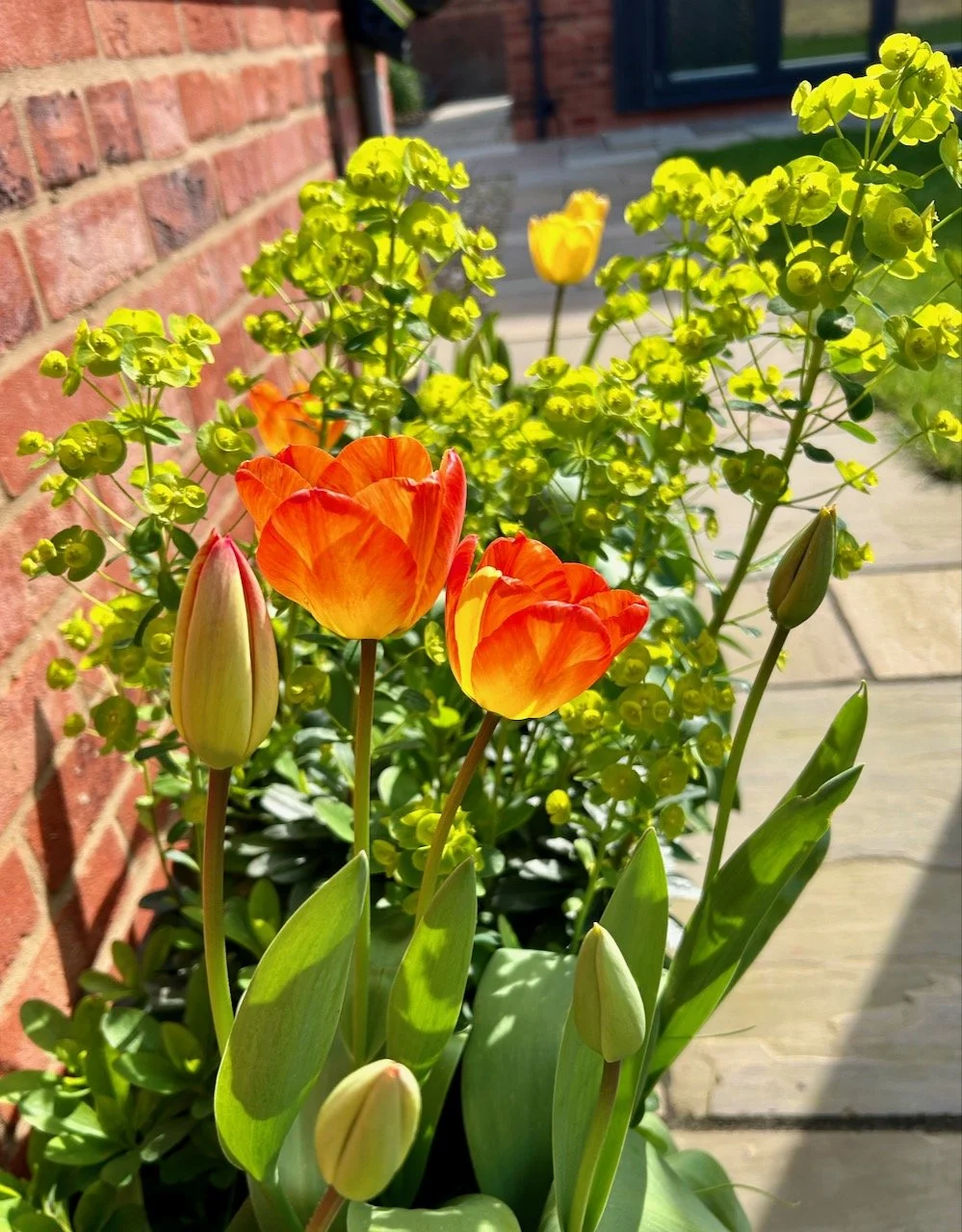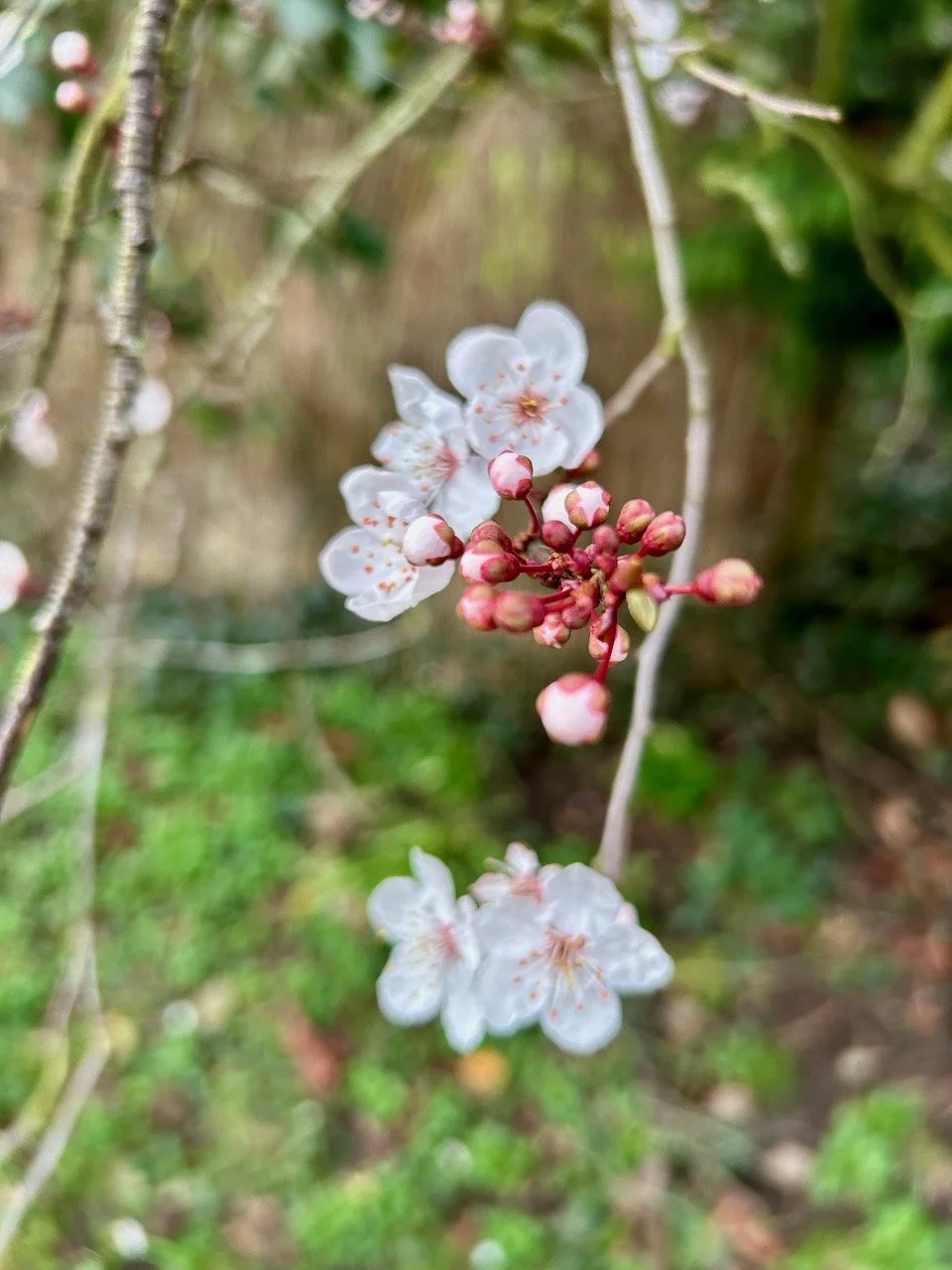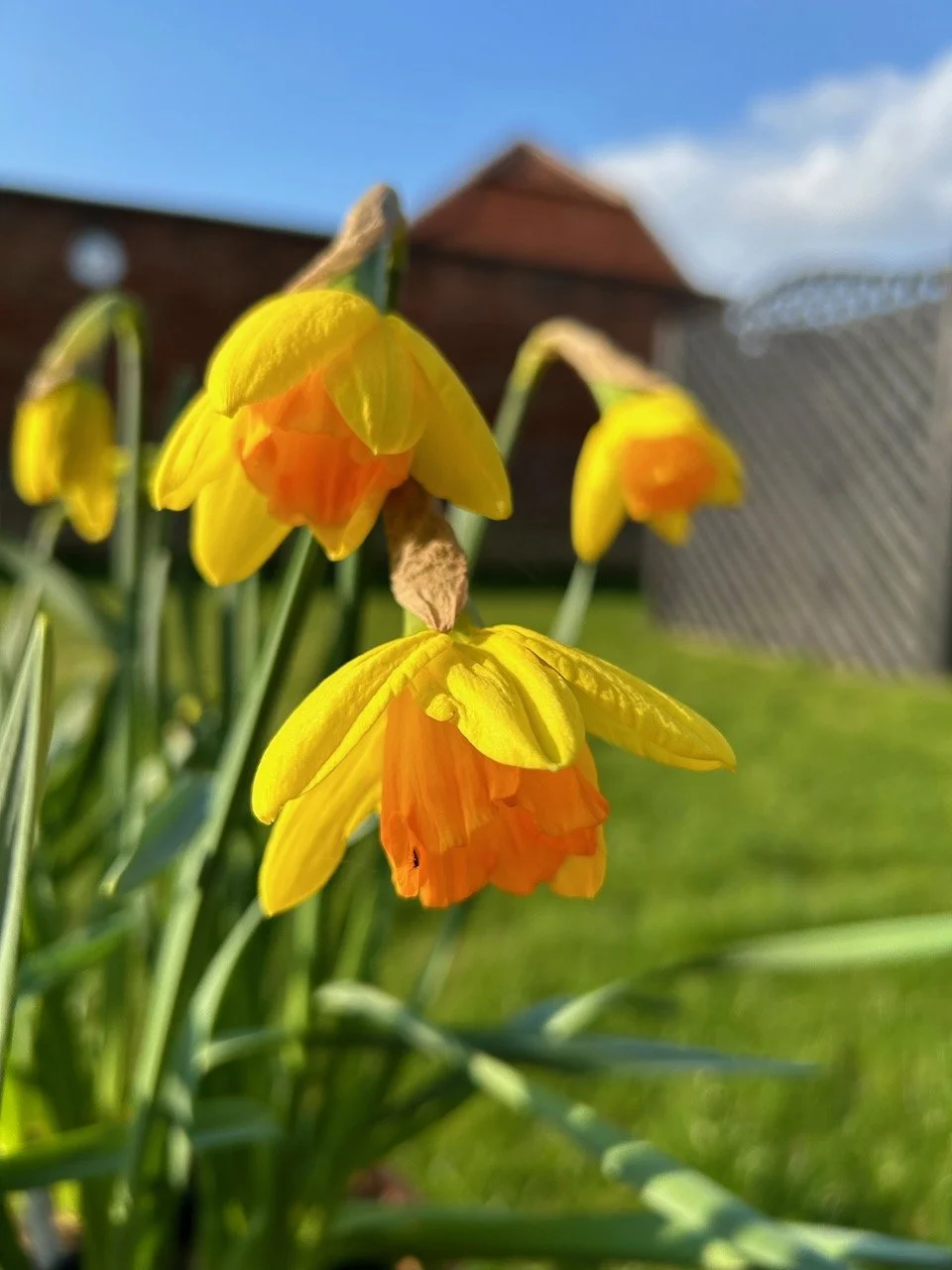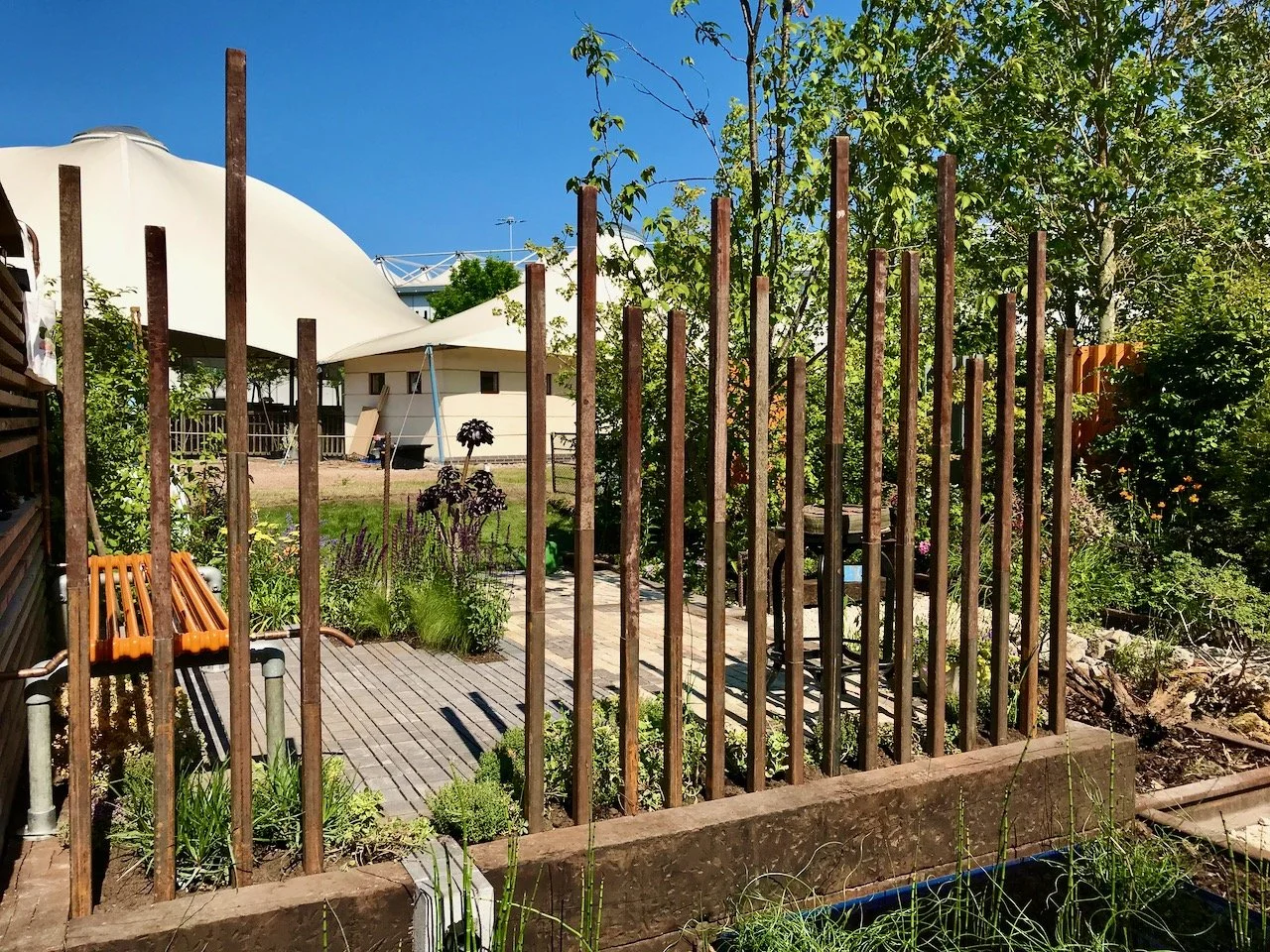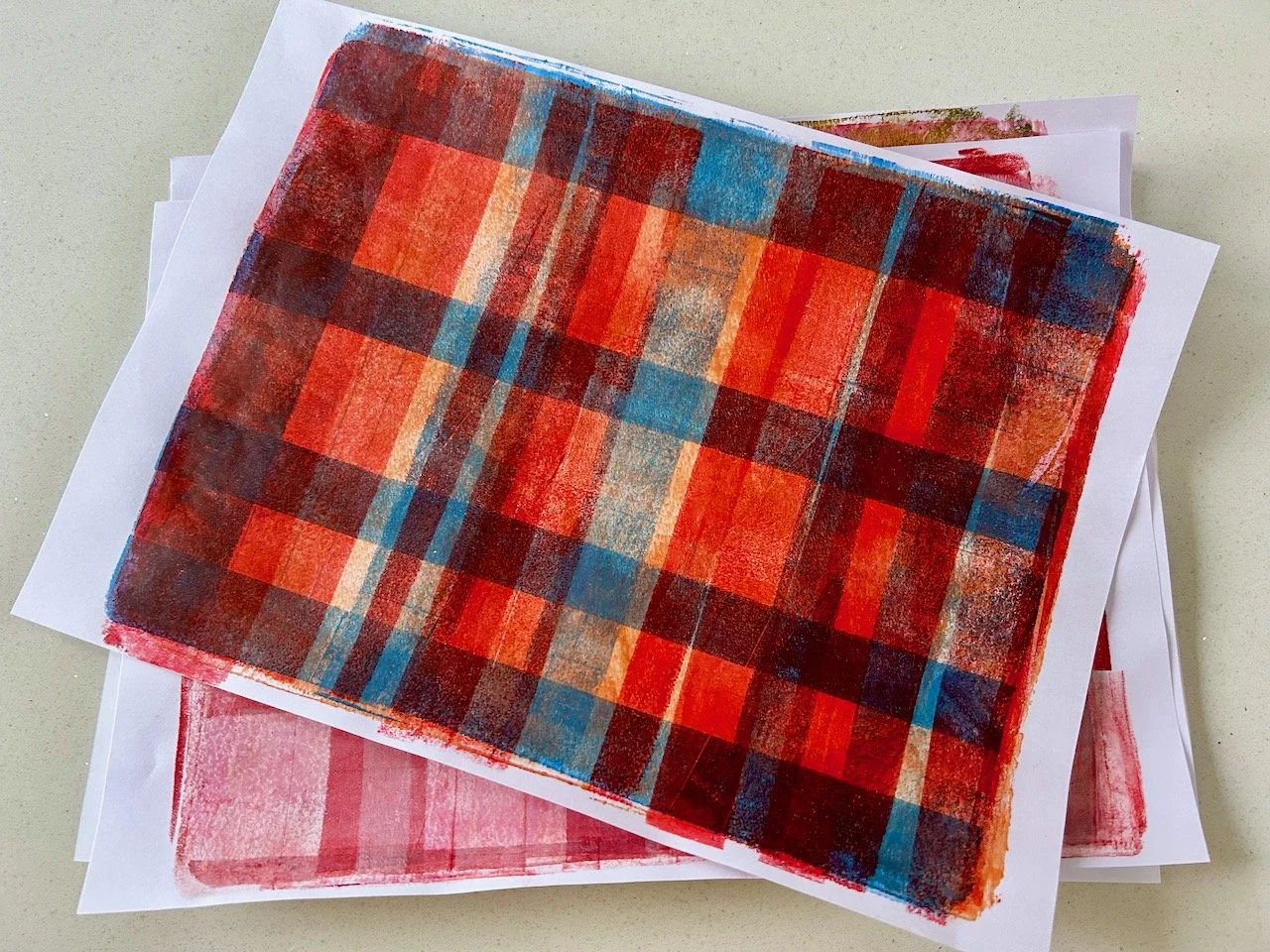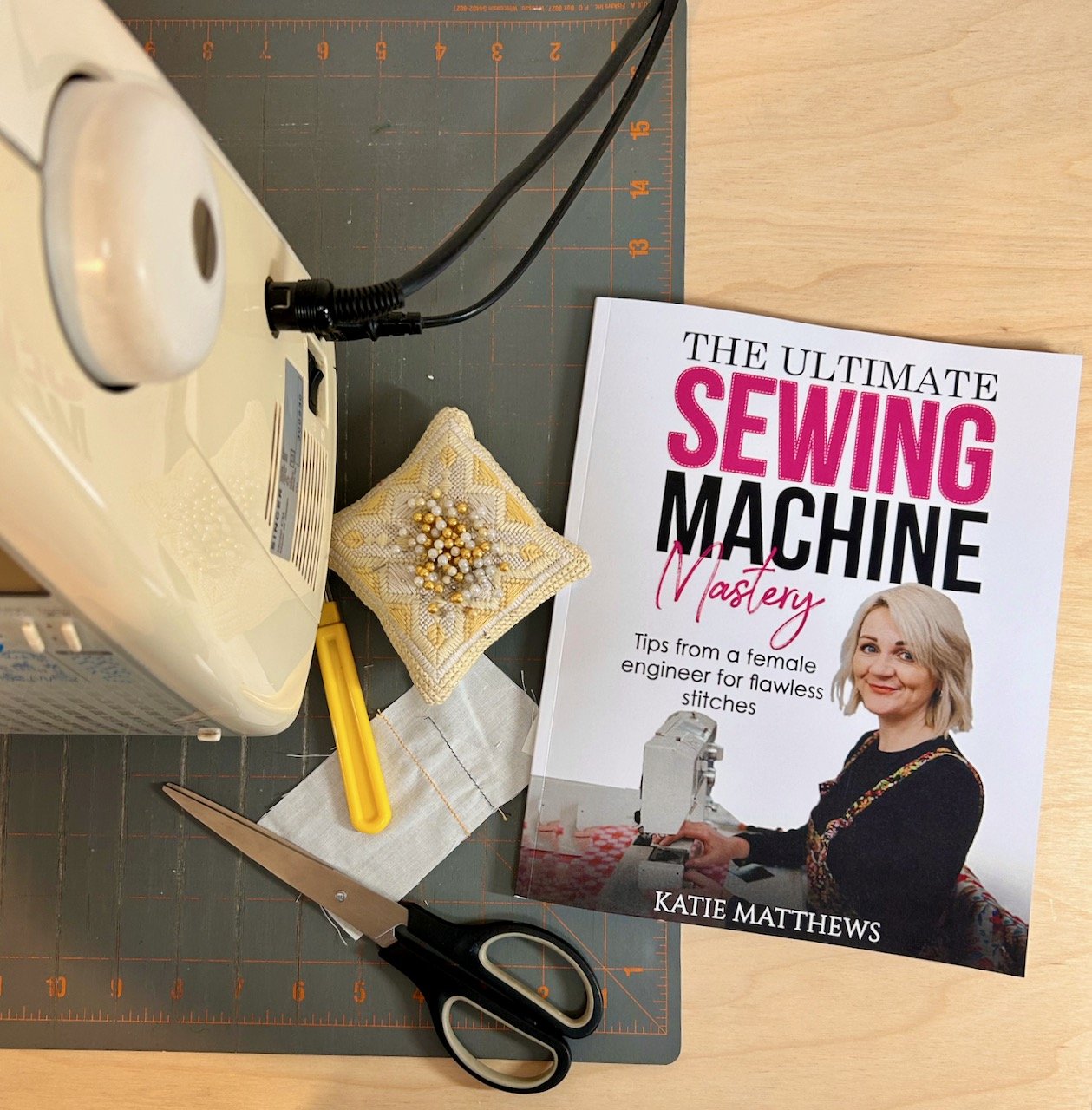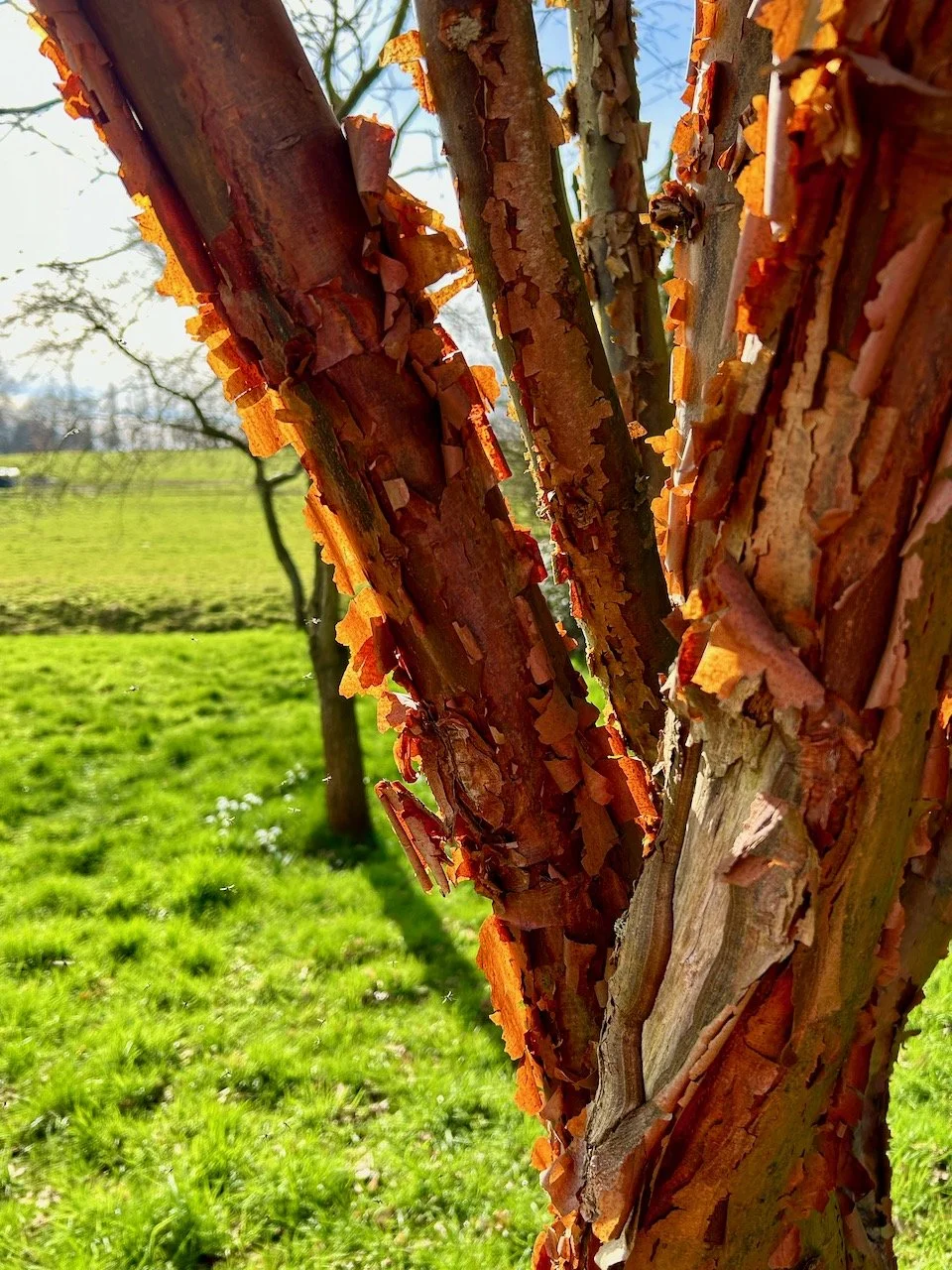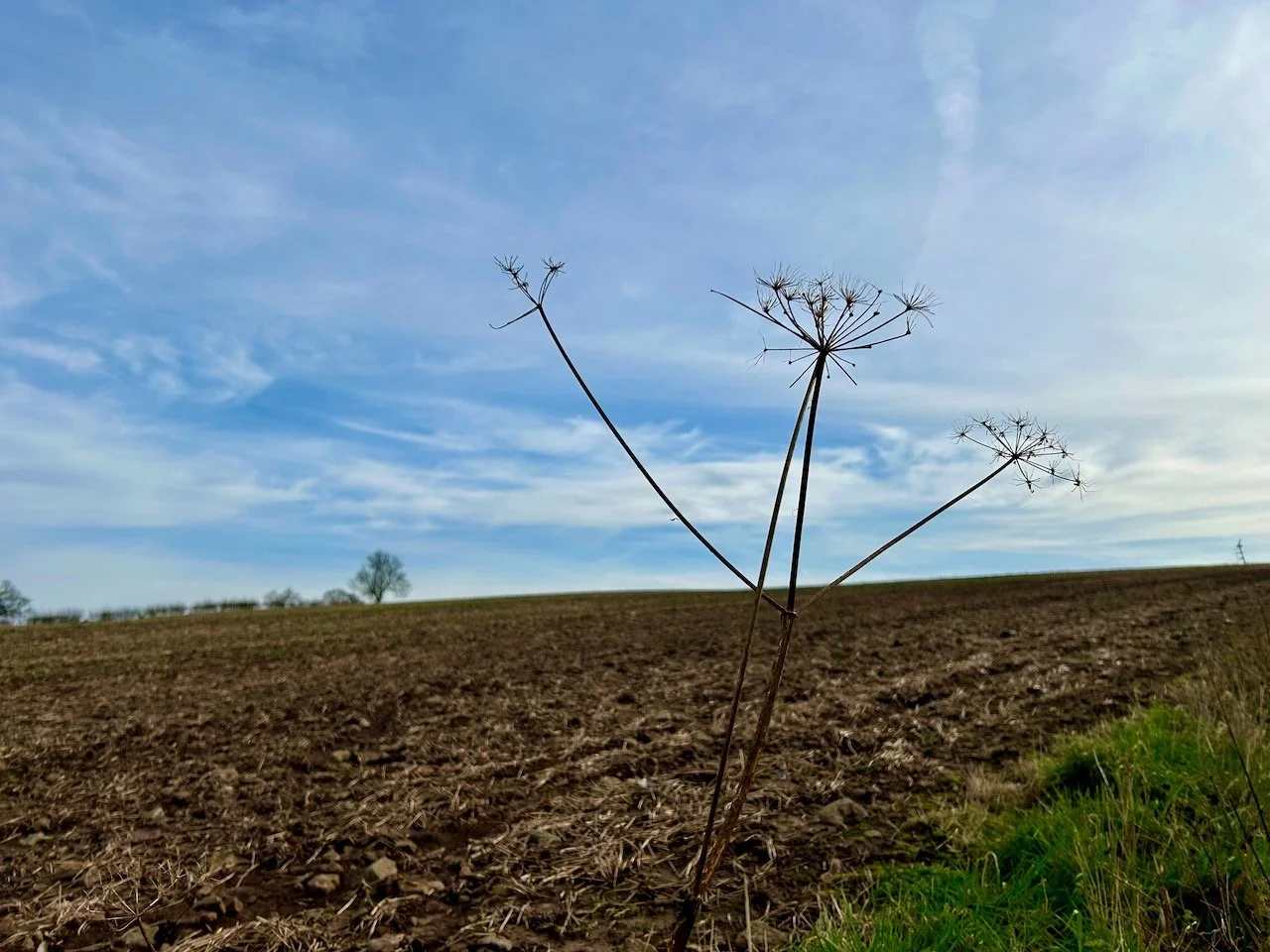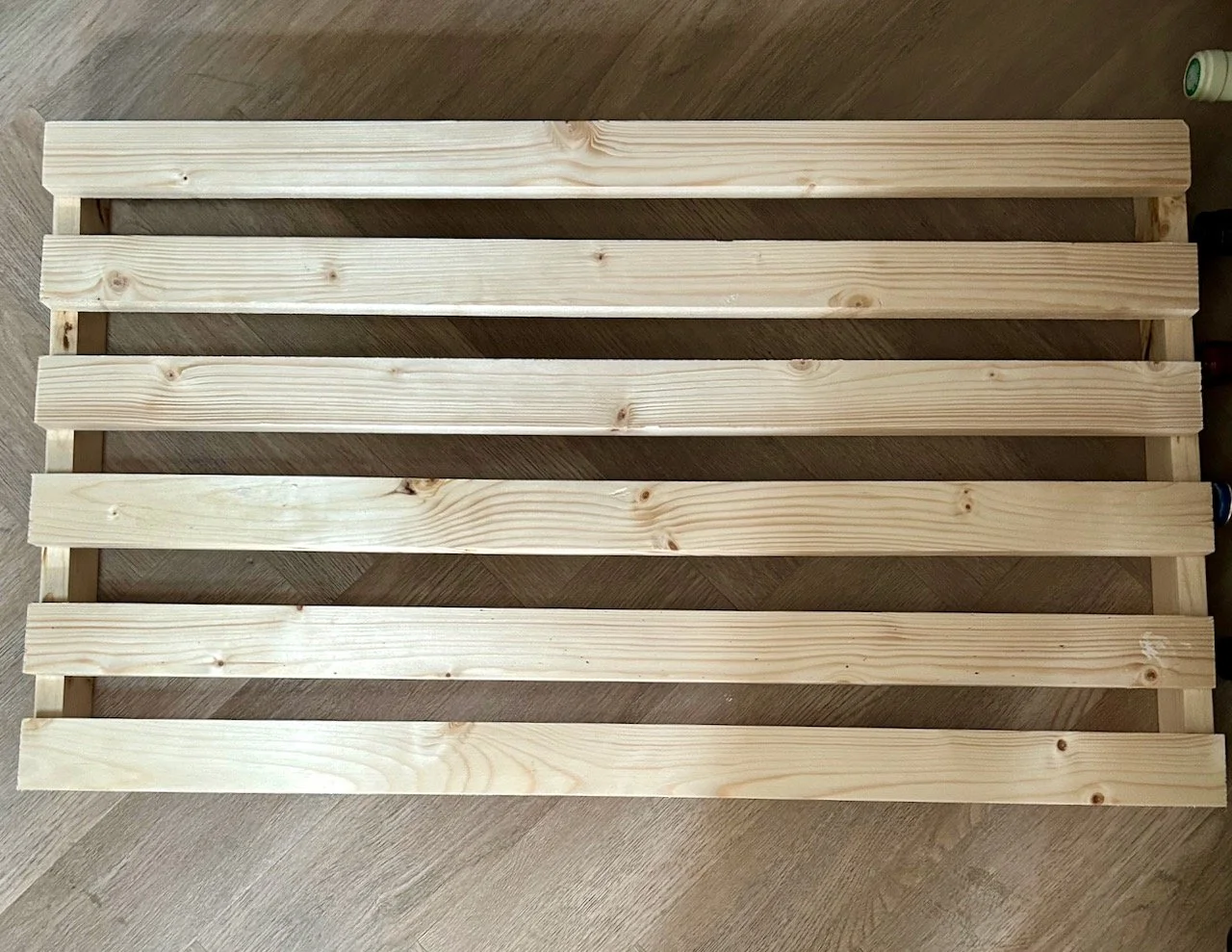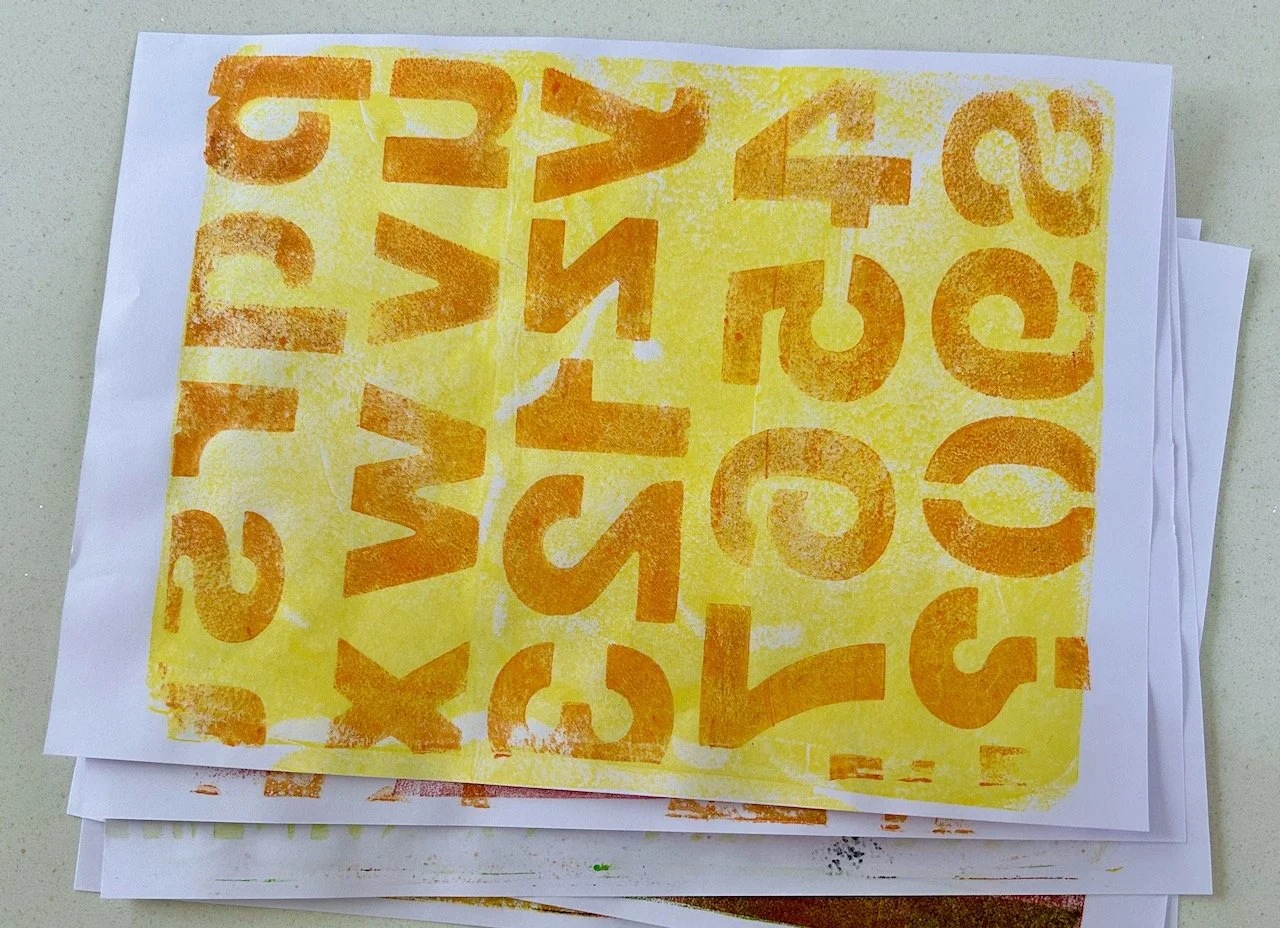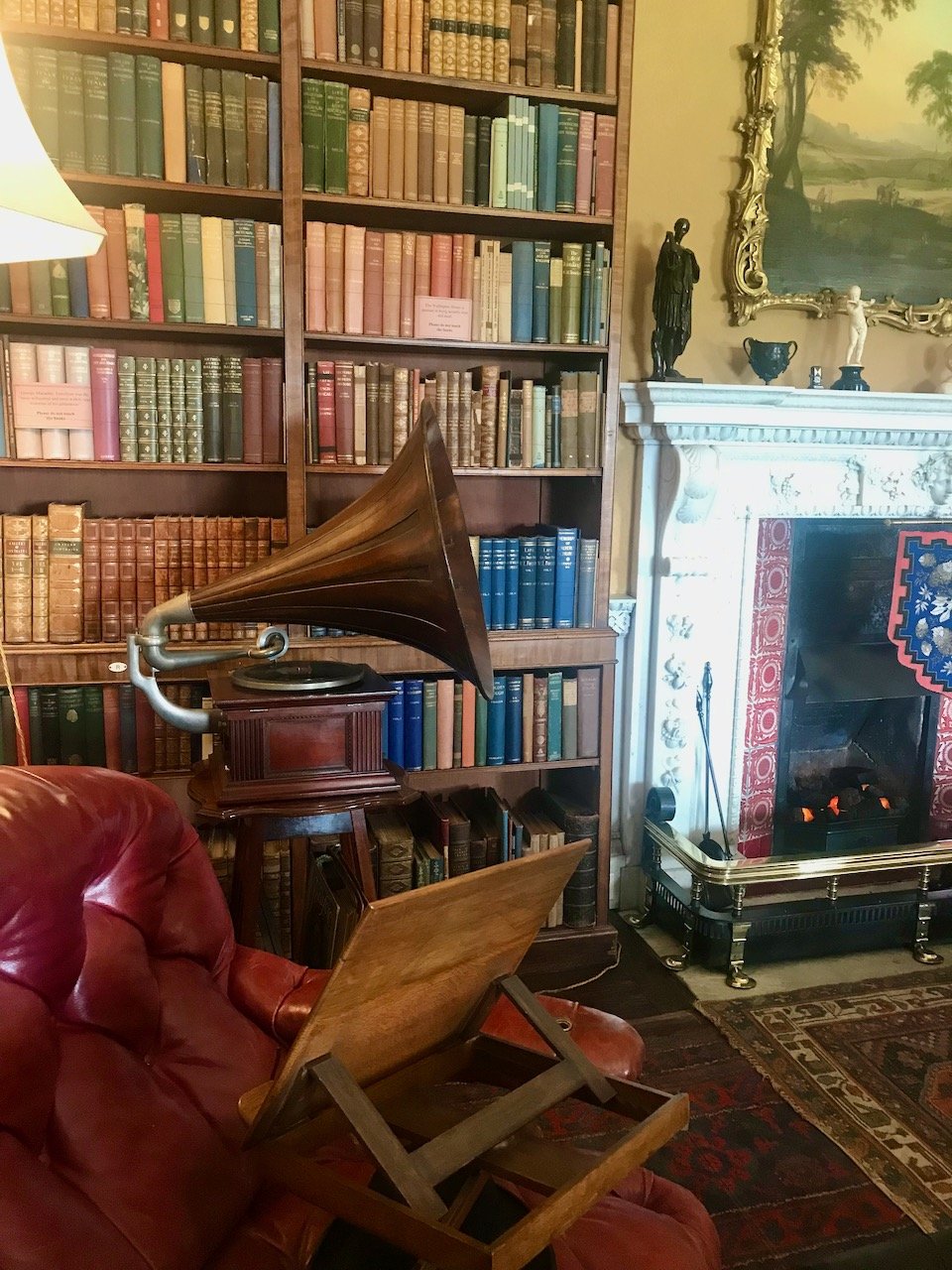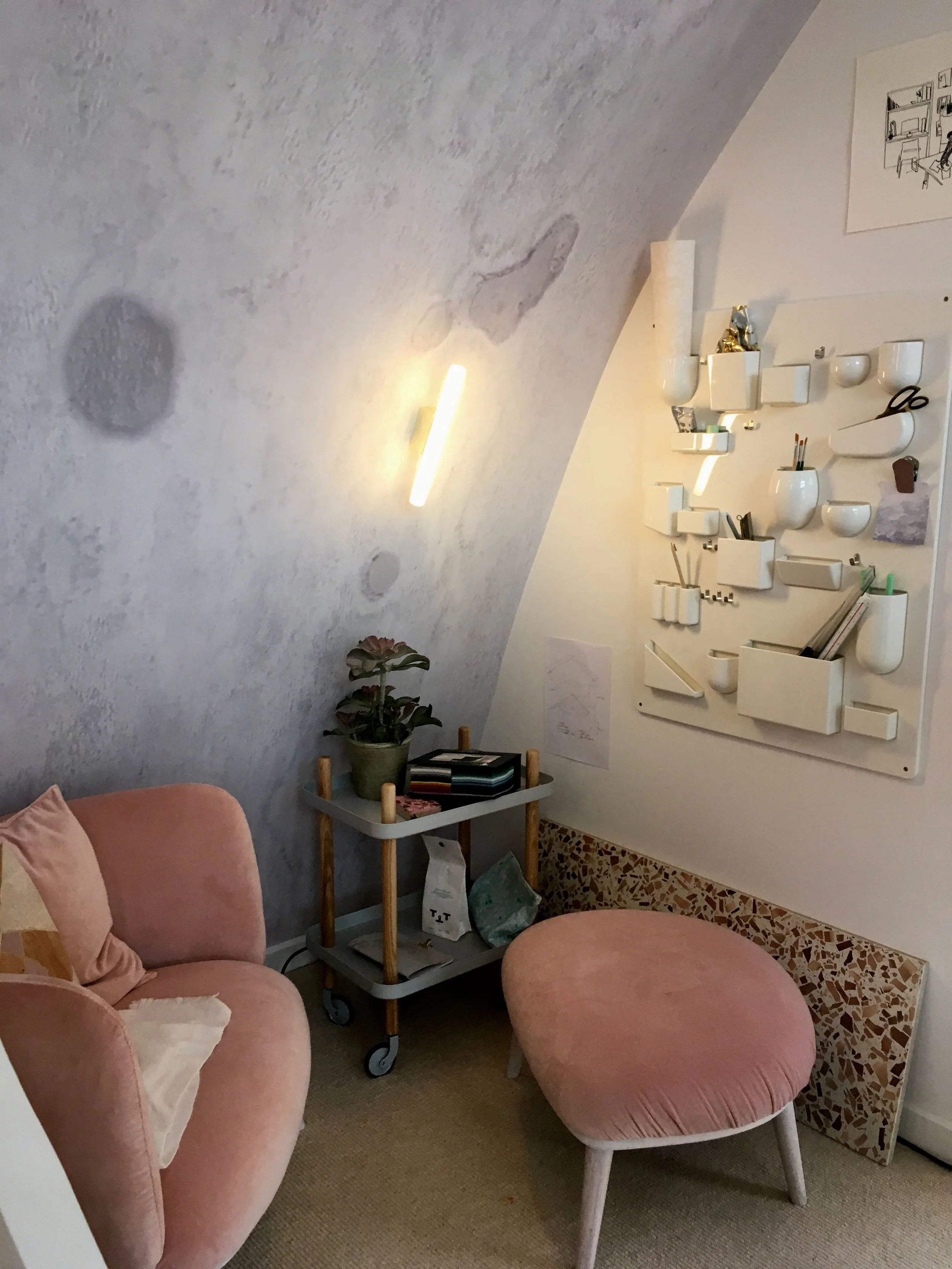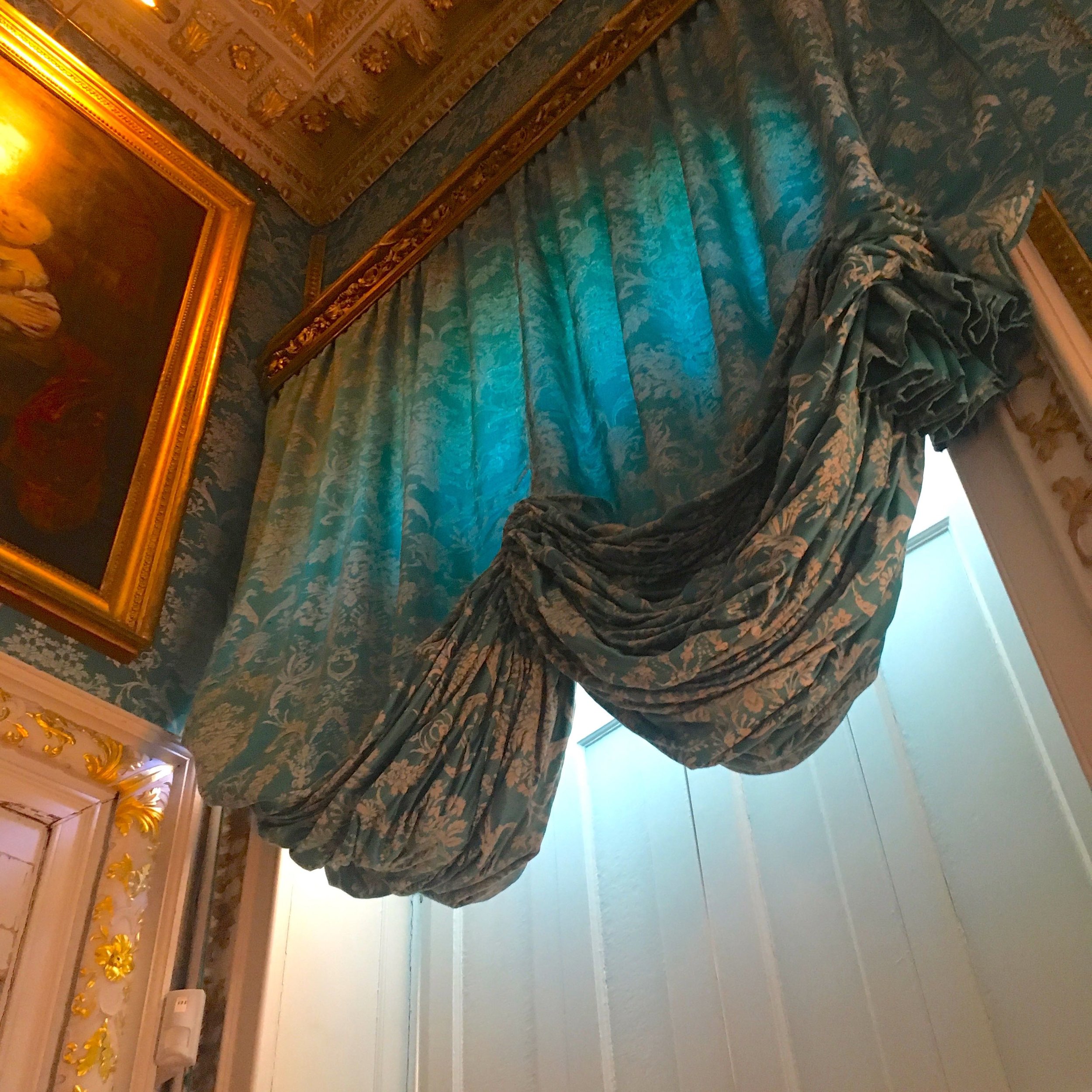The weather for our Northumberland trip was mixed to say the least, but it seems the weather at home was similar so that’s something at least! We arrived at Wallington just outside of Morpeth in torrential rain - and quite frankly we were surprised that the National Trust volunteer came out of their hut to give us the welcome talk, it was that bad. But he did and with our membership cards scanned and each of us a little bit soggier than before we made our way to the car park, parked up and waited for the rain to subside.
We weren’t the only ones, as when the rain turned to sunshine, tentatively at first and then gloriously, we weren’t the only ones opening our car doors and donning our waterproofs and walking boots, just in case the weather were to return. Spoiler - it didn’t, but as we weren’t sure instead of starting in the house we headed towards the Walled Garden which was a fantastic spot. By the time we got there the sun had decided to shine gloriously and it was drying up nicely, so much so that the garden benches were being used.
I’ll share more of the garden in another post, today I want to share more from inside the house. One that I liked a lot, and could quite happily move into, though I’m not sure the National Trust would be quite so keen on that!
The rooms are arranged around a central hallway, but in a way that you can also walk between rooms without accessing the corridor. Our visit started in the Dining Room which had been dressed for a Jubilee tea party, which made me smile - I mean, who doesn’t like a bit of bunting?
There was a cake too (cardboard I suspect) which was also doubling up as a screen for the projector showing excerpts from the Queen’s Coronation, the Union Flag and other film clips, and this was a really nice and unusual way to pay a tribute.
The dining room was forty paces along the corridor from the kitchen, and the servants would carry the food here using the far end of the room where the columns are as a serving area. The room also shows some of Wallington’s ceramic collection, which is one of the most important in the National Trust, including some fine examples of Chinese porcelain.
I’ve no idea if the photo below is that fine Chinese porcelain or not, but the detail and the design on the cups especially caught my eye.
Moving on we found ourselves in the Drawing Room, which was one of those rooms where I found myself taking a sharp in breath. It really was beautiful. It wasn’t always the principal reception room though, originally it was the Great Hall and the entrance of the 1680s house. The Central Hall took its place for entertaining, and this room became a family space used for less formal gatherings and for music making.
The library is the third grand room on the south front of the house, and contains over 3000 books making it one of the most important 19th century libraries in the National Trust. The books are fragile, and not just because of age but also reassuringly through use having been read many times by the family.
Next we found ourselves in the study, which would originally have house a three storey staircase which was removed when the South Staircase was installed in the 1740s. It was on this desk that the first history bestseller The History of England by Thomas Babington Macaulay was written. That’s what I love about these visits, history everywhere you look.
The Parlour was a much more feminine room, decorated in the Arts and Crafts style, and was used by the ladies of Wallington for ‘socialising and personal affairs.’ You might recognise the Morris & Co design. It looks like a room that it’d be easy to spend some time in.
The Central Hall is quite a statement, but an unfinished one. Pauline, Lady Trevelyan commissioned local artist William Bell Scott to create a series of ‘wall paintings to illuminate the history and worthies of Northumbria.’ The canvases were completed by 1861 and span history from the building of Hadrian’s wall to mid-19th century industry on Tyneside, but it was the paintings of the flowers and plants on the ground floor pillars that really appealed to me. They were absolutely stunning and I’m hoping to share more on these in a separate post.
The plan was for these upper pillars also to be decorated, and for the ceiling to be blue with gold starts - but as you can see this work never took place. It’s stunning without this, but I imagine with it it would be even more so. Light floods into the central space through those twelve sky-lights, which are something that we see more in our modern day homes.
Wallington really is a stunning house, and here I’ve shared just a selection of my photos from our visit - I’ve many more to share of the garden too. But that’s for a future post.

